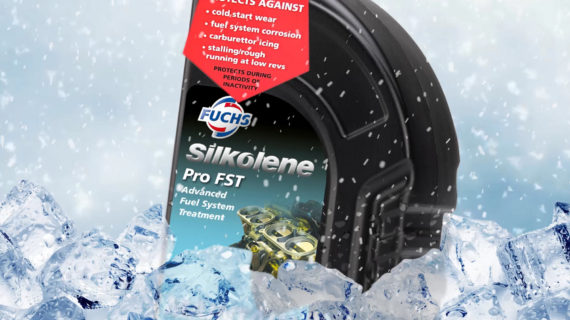Four rules of thumb in lubrication
Every little helps, as they say, and this is certainly true of maintenance costs. Making many minor improvements in your lubrication maintenance adds up to major savings. These minor measures may be numerous, but that doesn’t mean they’re complicated. For lubrication, we can sum these up with ‘four rules of thumb’, which makes it all a whole lot easier.
Suppliers – fewer is more
One good starting point is to look at how many suppliers your company has at present. The reason is simple: each supplier contact takes time, and therefore costs money, quite a lot of money, in fact. Add together all the time for meetings, negotiations and other administrative tasks, such as drawing up agreements, prices constantly being adjusted and other practical matters. All in all these procedures really add up, a review of your suppliers could be very worthwhile in terms of how much time and money you could save. With an approach of ‘fewer is more’, try to collaborate and get more from the suppliers you do decide to carry on working with.
Products – fewer is more
As with suppliers, so too with products: the more you have, the more time and energy that goes into keeping everything organized. And again, this means unnecessary costs. Order management, receiving goods, checking the invoices… all of this and more takes time and increases the cost for each product. Coding[MD1] and invoice payment are also factors, again serving to make everything more complex. Once again the key is to perform a complexity review and slim down your range of products to keep things simple to save money. Having many different products in circulation also increases the risk of incorrect usage, i.e. using a product in the wrong place, which could cost a lot of money too!
Oil changes and lubrication points – smarter lubrication
Needless to say, oil changes cost time and money – with emptying and handling the old oil, but also fetching and refilling the new products. More often than not, this process takes several hours on each machine. The number of lubrication points also affects the time taken, as does the number of products used.
When it comes to oil changes and lubrication points, the keyword is ‘documentation’. Map out the preventive maintenance and record the results in an Excel file, for example. This will serve as both an instruction manual and a follow-up tool in the day-to-day operation. It shows which products, amounts and intervals have been used, as well as how much time the various tasks took – smart and simple!
Purchasing that pays for itself
Last but not least – buy lubricants that pay for themselves, i.e. products of a high technical standard. This brings several benefits and helps to reduce maintenance costs, for instance in the form of lower consumption and longer drain intervals, which also reduces the amount of time you need to spend changing lubricants. Good lubricants can also reduce energy consumption and have far less of an impact on the environment.




